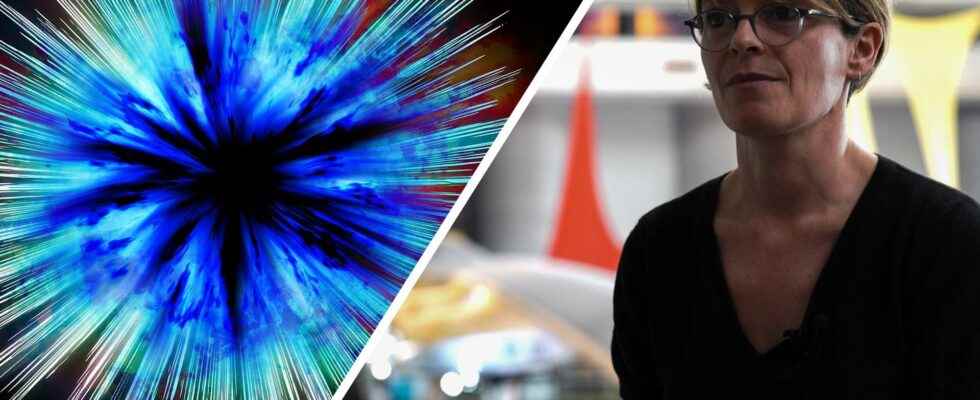Before being discovered, the Higgs boson was postulated. This singular particle, which is neither matter nor the vehicle of a force, was a missing piece of existing theories. Nathalie Besson, physicist at the CEA, explains why scientists introduced this strange boson.
the Higgs boson is the analog of photons from electromagnetic field. The difference is that it is not associated with a vector field, like the electric field, but to a scalar field. Its spin is therefore zero whereas that of bosons associated with vector fields is worth 1. This field was proposed in 1964 by several researchers, including Peter HiggsRobert Brout and François Englert, to endow particles with mass using the “mechanism of Brout-Englert-Higgs “.
This mechanism was used to give masses to other bosons, called W and Z, which served to unify the electromagnetic and weak nuclear forces in a new interaction, called electroweak. This Glashow-Salam-Weinberg theory (or GSW, named after its authors) was then combined with the theory of strong nuclear forces between quarks, the quantum chromodynamics, or QCDwhich introduces other bosons, the gluons.
The Higgs is indispensable for a coherent quantum theory of force and matter fields
Photons, gluons and W and Z bosons convey interactions between quarks and leptons (electronsneutrinos, etc.), the particles of matter. The Higgs boson is therefore singular because it is neither a particle of matter nor a particle of force. With QCD, the electroweak model of GSW is the standard modelwhich lacks a quantum theory of gravitation.
The Higgs boson and the Brout-Englert-Higgs mechanism are necessary to construct a coherent quantum theory of force and matter fields in the standard model. These fields are described by a “Lagrangian”. The construction equations in this Lagrangian relies on principles of symmetry fundamental, those of the theory of Relativity (group of Lorentz and Poincaré) and those of the equations of Yang Mills (gauge groups and Lie groups).
© Futura
Interested in what you just read?
